
History
11:08, 05-Nov-2017
Archaeologists argue whether a new secret chamber has been discovered in pyramid
CGTN
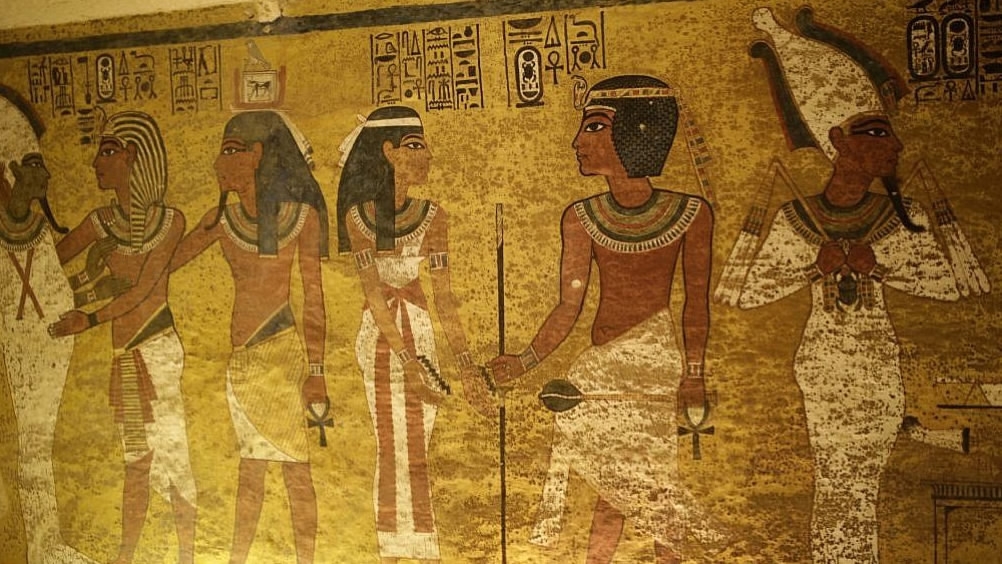
An Egyptian archaeologist overseeing a project to scan a pyramid for voids on Saturday criticized the announcement of a discovery of a passenger plane-sized cavity in the Great Pyramid.
Scientists with the ScanPyramids project revealed on Thursday that the void discovered with subatomic particle scans was the first major structure found inside the pyramid since the 19th century.
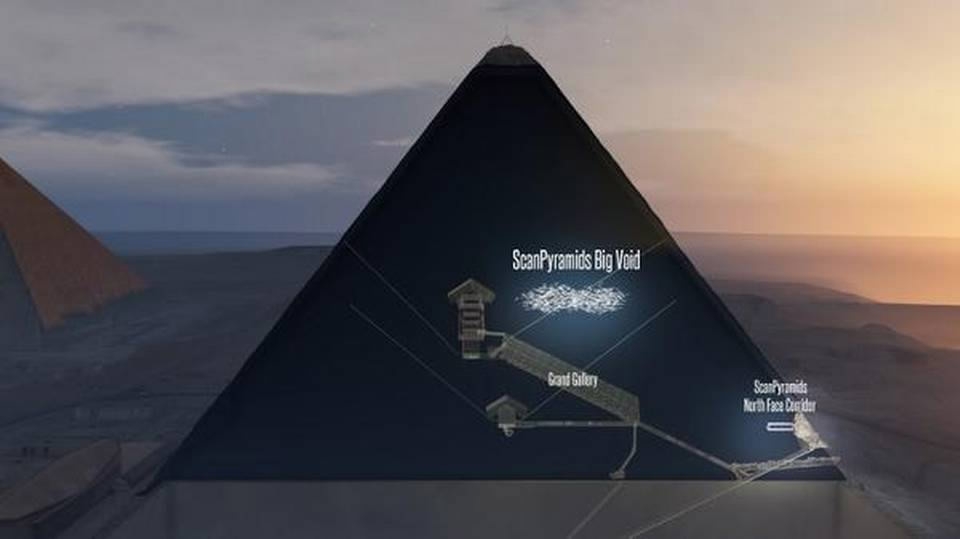
This handout 3D artistic view made by the ScanPyramids mission shows a hidden internal structure in Khufus Pyramid, the largest pyramid in Giza. /AFP Photo
This handout 3D artistic view made by the ScanPyramids mission shows a hidden internal structure in Khufus Pyramid, the largest pyramid in Giza. /AFP Photo
It is thought to be at least 30 meters long and located above the "Grand Gallery" – a sloped corridor almost 50 meters long and nine meters high which links Khufu's burial chamber at the pyramid's center to a tunnel leading outside.
The findings were published in the science journal Nature.
But Zahi Hawass, who heads the ScanPyramids science committee overseeing the project, said there was no new "discovery".
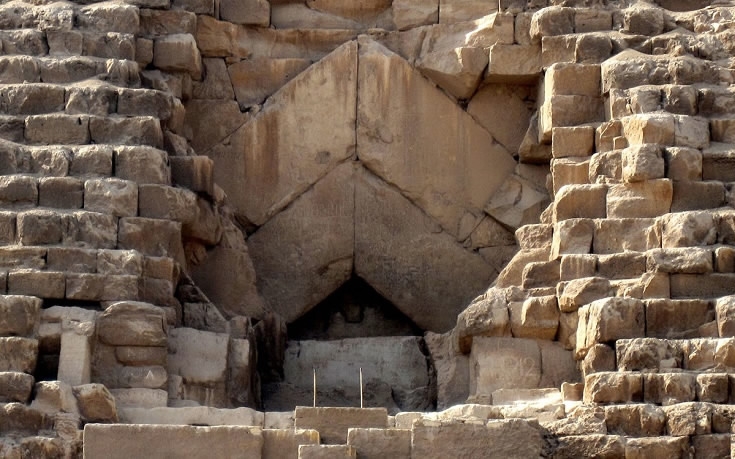
Egyptians continue to learn more about their ancient past. /CairoScene Photo
Egyptians continue to learn more about their ancient past. /CairoScene Photo
He said he had met other scientists from ScanPyramids who "showed us their conclusions, and we informed them this is not a discovery," he said.
"The pyramid is full of voids and that does not mean there is a secret chamber or a new discovery," he said.
In a statement on Friday, the head of the government's antiquities council Mustafa Waziri also criticized the announcement.
"The project has to proceed in a scientific way that follows the steps of scientific research and its discussion before publication," he said.
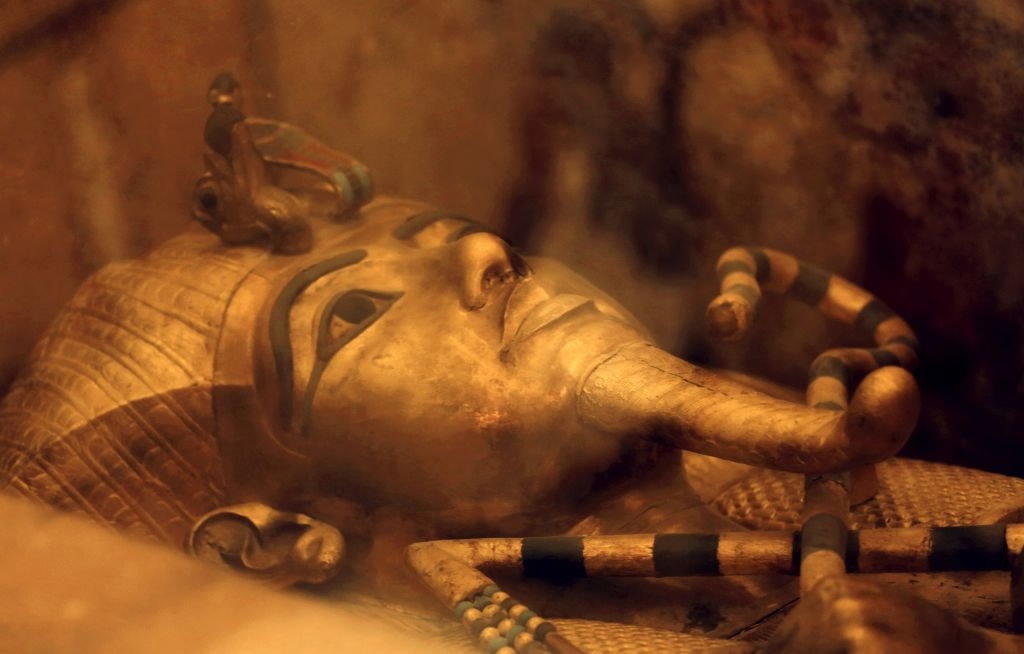
One of Egypt’s famed King Tutankhamun’s golden sarcophagus is displayed at his tomb in a glass case at the Valley of the Kings in Egypt. Archaeologists have completed more extensive scanning of two recently discovered chambers behind King Tut’s tomb in the Valley of the Kings. /AP Photo
One of Egypt’s famed King Tutankhamun’s golden sarcophagus is displayed at his tomb in a glass case at the Valley of the Kings in Egypt. Archaeologists have completed more extensive scanning of two recently discovered chambers behind King Tut’s tomb in the Valley of the Kings. /AP Photo
The monument – 139 meters high today, and 230 meters wide – was erected as a tomb for Khufu, also known as Cheops. To this day, nobody knows quite how it was built.
The void, said co-author Kunihiro Morishima from Nagoya University in Japan, "was not known by anyone until now, from when the pyramid was built 4,500 years ago."
"The big void is completely closed," he added, which means anything inside it would not have been "touched by anyone after the pyramid (was) built."
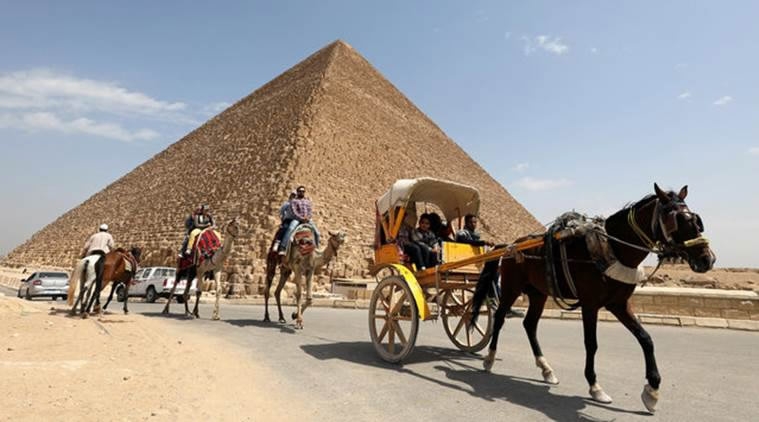
Egypt/AFP Photo
Egypt/AFP Photo
The pharaohs of ancient Egypt built these monumental tombs for themselves, complete with sarcophagus to hold their embalmed mummies, and stocked with everything they could require for the afterlife, including food, clothing and jeweler.
Source(s): AFP

SITEMAP
Copyright © 2018 CGTN. Beijing ICP prepared NO.16065310-3
Copyright © 2018 CGTN. Beijing ICP prepared NO.16065310-3